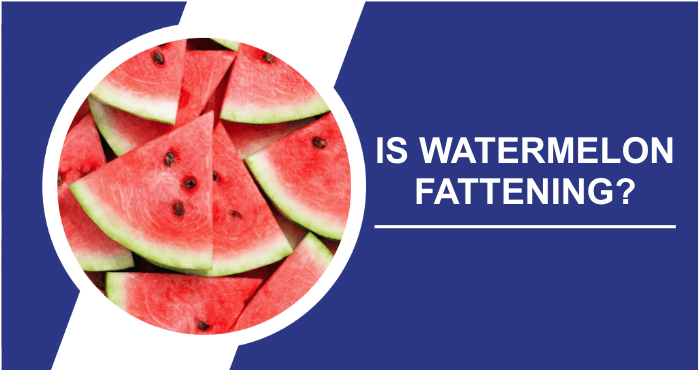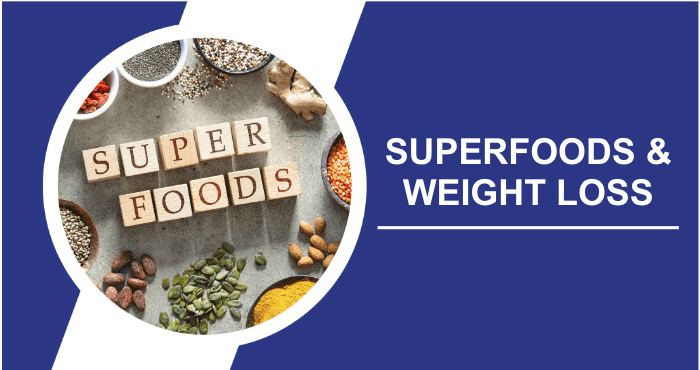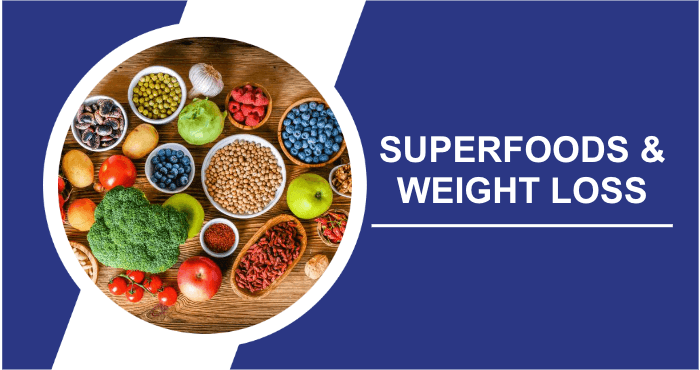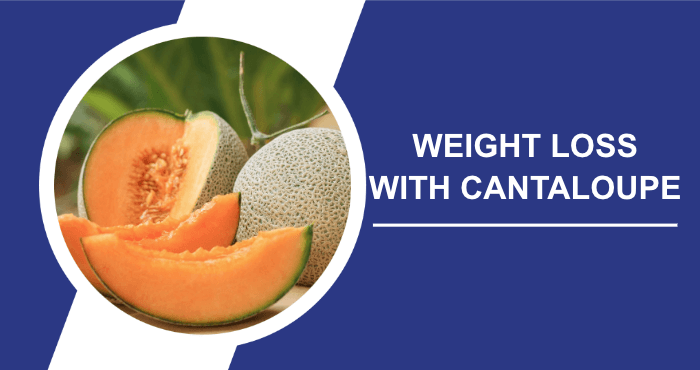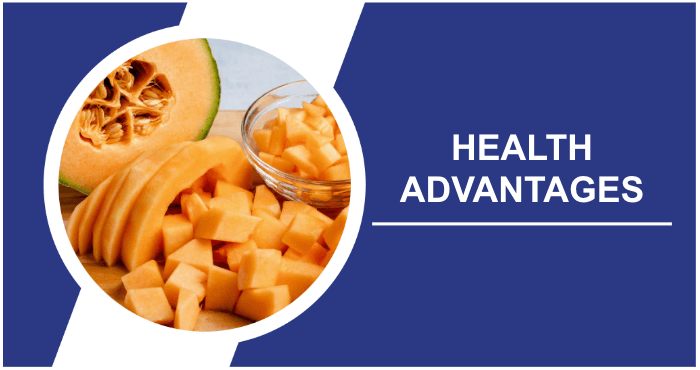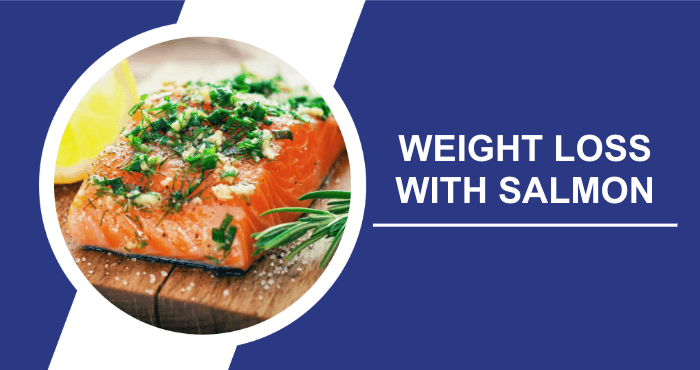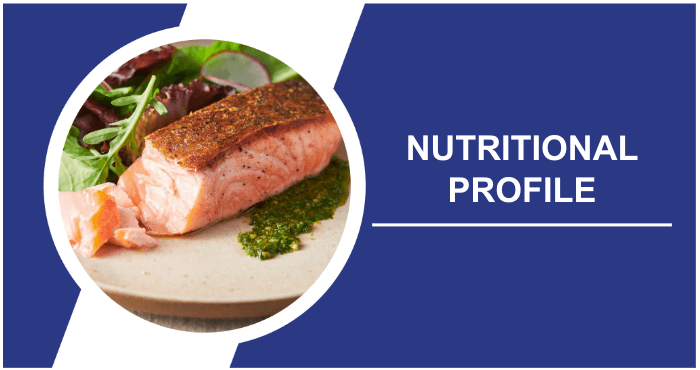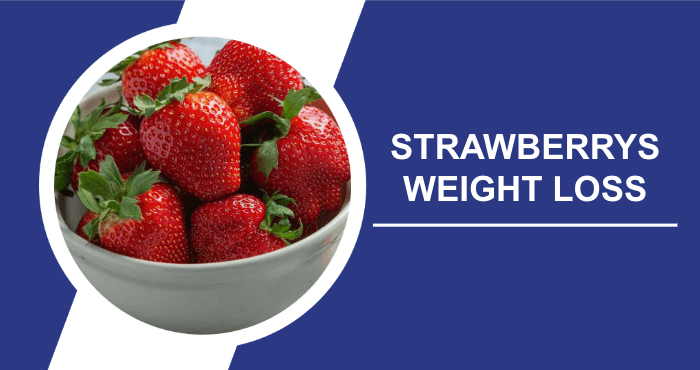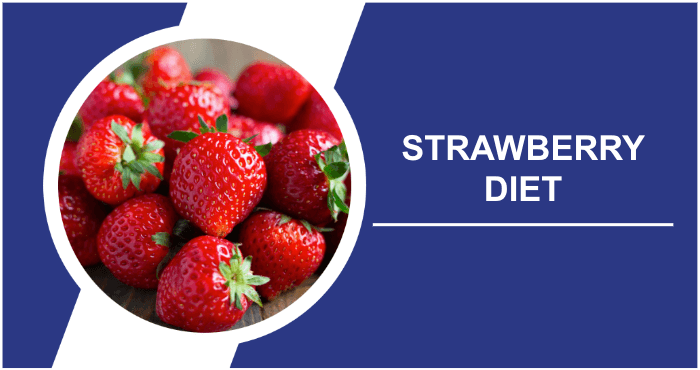Is watermelon bad for weight loss?. Can it actually help with losing weight? Watermelon is a fruit for those who are trying to shed some pounds.
If you don’t have any allergies or intolerances to it eating watermelon can make you feel satisfied and full helping to curb your appetite. Watermelon, which is known for its sweetness and often regarded as a superfood can also help reduce cravings for treats. This way it may prevent overindulgence in high calorie desserts.
In this article we will explore the benefits of watermelon its positive impact on health and how it can aid in weight loss. Additionally we will provide suggestions on incorporating watermelon into your diet.
Is Watermelon Fattening Or Beneficial For Weight Loss?
Does eating watermelon contribute to belly fat or overall weight gain? Since watermelon is low in calories (90% water) and contains than one gram of fat it does not promote weight gain.
However consuming amounts of watermelon (similarly, to any other food that adds extra calories to an already calorie heavy diet) can lead to weight gain. Although it naturally contains low fruit sugar called fructose consuming much sugar can contribute to increased body weight and trigger higher insulin resistance levels which may lead to diabetes.
Moreover if you incorporate watermelon into your diet in portions it can be a valuable asset to help you achieve your weight loss objectives.
What Other Fruits Are Good For Losing Weight?
In addition to the known benefits of apples and berries there are several other fruits that can be great companions on your weight loss journey. Grapefruits for instance are recognized for their ability to boost metabolism and their tangy taste can help control cravings. Pears provide a crunch and have a good amount of fiber that keeps you feeling fuller for longer.
Watermelon not keeps you hydrated but is also low in calories making it a refreshing choice, during hot summer days.. Lets not forget about the humble kiwi, which is packed with vitamins, fiber and antioxidants to support your overall health while you work towards shedding those extra pounds.
Where Does Watermelon Come From?
Watermelon, known for its succulent and sweet flesh has a history that matches its vibrant flavor. It is believed to have originated in the Kalahari Desert of Africa and has been enjoyed worldwide for centuries. Its journey can be traced back to Egypt, where watermelon seeds were discovered in tombs indicating its presence during the time of the pharaohs.
From there it spread across Europe. Eventually found its way to the Americas during the transatlantic slave trade. Today watermelon remains a summer delicacy all over the globe representing both its enduring popularity and its fascinating global voyage, from Africa.
Nutritional Benefits Of Watermelons
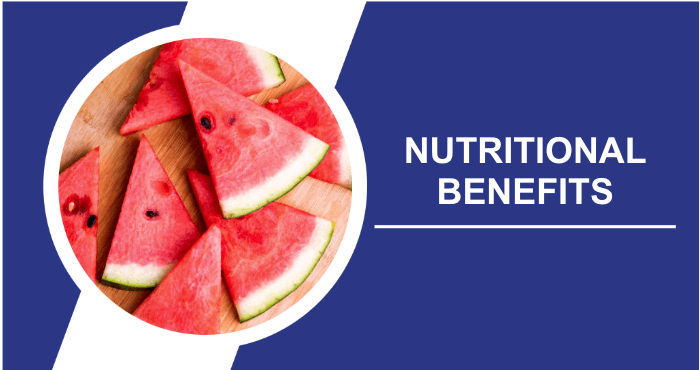
Including watermelon in your meals can significantly boost your intake of vitamins and minerals such as vitamin C, calcium and magnesium. Not is it low in calories but it also contains almost no fat. Additionally the presence of amounts of healthy fats and protein makes this superfood even more suitable for inclusion in weight loss diets.
As per the U.S. Department of Agricultures findings a one cup serving of watermelon offers the following nutritional advantages. By including this fruit in your daily meals you can enhance your efforts to manage your weight effectively.
- Energy: 45.6 calories
- Protein: 0.927 grams
- Total fat/ lipid: 0.228 grams
- Carbohydrates: 11.5 grams
- Total dietary fiber: 0.608 grams
- Total sugar: 9.42 grams
- Calcium, Ca: 10.6 milligrams
- Magnesium, Mg: 15.2 milligrams
- Zinc: 0.152 milligrams
- Total ascorbic acid: 12.3 milligrams
- Total folate: 4.56 micrograms
- Choline: 6.23 milligrams
How Can Watermelon Assist In Losing Weight?
Although some individuals believe that consuming sweet foods leads to weight gain this is not always the case. Watermelon is a low calorie fruit with water content making it very satisfying. This means that by enjoying watermelon you have room for sugary desserts or other calorie dense additions to your diet. The potential for weight loss arises when watermelon replaces sweets that are loaded with refined white sugar.
Research indicates that individuals who consume amounts of fructose, which is found abundantly in watermelon tend to experience greater weight loss compared to those who consume lower amounts of fructose. However it’s crucial to strike the balance in your watermelon consumption based on your bodys needs. Lets explore reasons why incorporating watermelon into your diet can support your weight loss goals.
High Water Content
Watermelons high water content is one of the ways it can support weight loss. By increasing your water intake and staying hydrated you can give your metabolism a boost, which may result in a decrease in body weight. In addition research suggests that drinking a glass of water before meals can lower calorie intake. So having a watermelon dessert before your meal could be beneficial in managing your weight.
Arginine
Another aspect of watermelon that may contribute to weight loss is its arginine content. Arginine is an amino acid that has been shown to help reduce fat stores in both animals and humans. Including watermelon, in your diet could enhance your efforts to manage your weight.
Arginine offers more than the advantage of weight loss; it can also aid in building muscle and enhance the valuable brown fat that houses our cellular powerhouses, known as mitochondria. Brown fat is renowned for its ability to boost metabolism and convert fat into heat.
Low Calorie Density
Watermelons contribution to weight loss goes beyond being a low calorie food. Thanks to its combination of calories and high water content this refreshing fruit can help you feel fuller for longer potentially leading to a decrease in overall calorie consumption.
Research emphasizes the connection between the energy density of food and changes in body weight. A comprehensive analysis concluded that incorporating foods with energy density into the diet might be beneficial for obese adults looking to lose weight. Including watermelon as part of your diet aligns, with this principle.
Including Watermelon in Your Weight Loss Meal Plan
Adding watermelon to your weight loss meal plan is a task since its easily available in most grocery stores. The versatility of watermelon allows you to experiment with delicious recipes as you can utilize the entire fruit, including the rind. Here are some effective ways to incorporate watermelon into your weight loss diet:
- Watermelon detox: Some individuals opt for a watermelon detox, where they consume watermelon juice as their selected beverage for a day or even an entire week to aid in weight loss.
- Fruit Salad Delight: Create a fruit salad by combining watermelon with apples and grapes. Squeeze lemon juice over the mixture for a simple and healthy dessert.
- Morning Boost: Kickstart your day with an invigorating watermelon smoothie. Freeze chunks of watermelon. Blend them with a low calorie milk alternative like almond milk. This will not hydrate you but also satisfy your sweet cravings and reduce the temptation for sugary treats.
- Nutritious snack: Include watermelon seeds in your diet as a snack or as salad topping. They provide protein, healthy fats and several essential vitamins making them a nutritious addition, to your weight loss journey.
Does The Watermelon Diet Work?
A diet that includes low fat and low calorie foods has shown great potential for weight loss and the watermelon diet is a prime example. In a study individuals who opted for watermelon as a snack for four weeks experienced a decrease in both their body weight and body mass index (BMI). Conversely the group that chose low fat cookies as their preferred snack saw an increase, in both body weight and BMI.
While some people choose to substitute their snacks with watermelon as part of this diet there are those who take it to the extreme by replacing all of their meals with watermelon. However caution is advised in cases since relying solely on watermelon can lead to various nutritional deficiencies that might hinder long term sustainable weight loss efforts.
If you decide to consume watermelon it’s important to understand that your diet will lack the necessary balance for a healthy metabolism. You may become deficient in nutrients like protein and essential fatty acids. A whole 13 pound watermelon contains 920 calories and less than one gram of protein which is not enough even for a weight loss programs daily requirements.
Following a one food diet should be temporary and short lived because its not sustainable for than a few days. It’s advisable to consult with a healthcare before starting the watermelon diet especially if you have any existing medical conditions or take medications.
Is Eating Watermelon Before Bedtime For Losing Weight?
Going to bed feeling hungry can lead to cravings, for unhealthy snacks during the night, which can contribute to weight gain. Consuming a serving of watermelon before bedtime can provide your liver with fructose helping reduce hunger for foods stabilize blood sugar levels and promote the release of fat burning hormones. It also offers an amount of arginine that can further support your weight loss efforts.
Other Health Benefits Of Watermelon
Watermelon provides a range of nutrients that offer numerous health benefits. Here are a few noteworthy ones:
Heart Health
Watermelon is a heart food that doesn’t contain cholesterol. It contains lycopene a phytonutrient found in fruits like tomatoes and guava. Lycopene has inflammatory properties and may help lower cholesterol levels. Moreover watermelon contains citrulline, an amino acid that can relax blood vessels potentially improving blood pressure and reducing the risk of heart disease.
Hydration
As the name suggests watermelon has water content. Apart from its potential to aid weight loss maintaining hydration is essential, for overall health. Adequate hydration supports aspects of well being including:
- Cognitive function
- Skin health
- Digestion
- Detoxification processes
- Temperature regulation
- Blood circulation
- Kidney function
Promoting Good Eye Health
Watermelon is packed with nutrients like beta carotene and vitamin A which are crucial for maintaining optimal vision. Adding watermelon, a plant based food to your diet can be beneficial in preventing eye conditions that come with age such as cataracts, glaucoma and age related macular degeneration.
Preventing Cancer
Watermelon is abundant in antioxidants, vitamins and minerals that support well being. Antioxidants play a role as they combat the harmful effects of free radicals within your body. An accumulation of free radicals can weaken your immune system and raise the risk of chronic diseases like cancer. Incorporating antioxidant foods, like fresh watermelon into your diet aids in fighting these free radicals for more well being.
Where Can I Find Melon Recipes For Weight Loss?
Starting a weight loss journey with the support of melons is a decision! There are plenty of places where you can find a wealth of melon recipes to help you achieve your goals. Begin by exploring health and fitness websites, which offer a range of innovative ideas. From melon salads with a touch of mint to guilt free blended melon smoothies these platforms have it all.
Additionally social media platforms, like Pinterest and Instagram are filled with appealing melon recipe inspiration shared by individuals who prioritize their health and wellness. Don’t forget about traditional cookbooks, where you can discover tried and true recipes that make the most out of melons natural sweetness and hydrating properties to support your weight loss journey.
What Are The Unwanted Side Effects Of Watermelon?
Watermelon is such a treat during hot summer days! However like anything it has its quirks. If you indulge in much watermelon at once it may cause some discomfort in your stomach giving you that bloated feeling. Moreover if you are mindful of your sugar intake due to diabetes it’s important to note that watermelon contains sugars that can affect your blood sugar levels if consumed excessively.
Additionally although uncommon a few individuals may experience itchiness or swelling after consuming watermelon.. Please don’t let that discourage you. Such reactions are quite rare. Just remember to enjoy watermelon, in moderation. Everything should be perfectly fine!
Conclusion
Watermelon can indeed be a choice for weight loss as long as you consume it in moderation. One of the reasons why watermelon’s beneficial for weight loss is because it is low in calories. In fact a whole watermelon contains less than 1,000 calories. This makes it a great option for satisfying your sugar cravings without consuming calories.
Additionally the high water content in watermelon can help you feel fuller while reducing your calorie intake, which supports your weight loss journey. Incorporating watermelon into your diet offers more than weight loss benefits. It also helps improve hydration levels and provides support, for vision, heart health and immune function. If you decide to try a diet plan based on watermelon remember to include low energy foods as well.
This will ensure that you have a balanced diet that provides all the necessary vitamins and minerals your body needs. It’s important to avoid fad diets that focus on one food item as they can result in nutrient deficiencies and negatively impact your metabolism and overall health. Remember that moderation and variety are key when it comes to achieving sustainable weight loss.
Frequently Asked Questions
What is the secret to incorporating watermelon into a weight loss program?
The key lies in moderation. Watermelon can be an asset when aiming for weight loss thanks to its low calorie count, hydration benefits and overall positive impact on health. However maintaining balance and diversity in your diet remains crucial for healthy weight loss.
Is it advisable to consult a healthcare before embarking on a watermelon focused weight loss diet?
It’s always wise to seek advice from a healthcare before making significant changes to your diet especially if you have underlying health conditions or are currently taking medications. They can offer guidance based on your specific needs.
How can I incorporate watermelon into my weight loss strategy?
There are ways you can include watermelon in your weight loss plan – enjoy it as a refreshing snack add it to salads or smoothies or even savor it as a delectable dessert. Just remember to balance its consumption with low energy density foods for an all around nutritious and well rounded diet.
Can I consume amounts of watermelon while aiming for weight loss?
Although watermelon is indeed a choice for shedding pounds due, to its low calorie content and high water content (which aids in controlling hunger) it’s still important to consume it in moderation. Overindulging in any type of food those with fewer calories can contribute to an increase in weight.
Can watermelon really help curb sugar cravings?
Absolutely! Watermelons inherent sweetness can effectively address sugar cravings making it a fantastic substitute for calorie laden desserts. Additionally its high water content aids in creating a sense of fullness. Diminishes the urge, for sugary treats.
Resources
- Popkin, B.M., D’Anci, K.E., & Rosenberg, I.H. (2010). “Water, hydration, and health.” Nutrition Reviews, 68(8), 439–458. Link
- Elliott, S.S., Keim, N.L., Stern, J.S., Teff, K.L., & Havel, P.J. (2002). “Fructose, weight gain, and the insulin resistance syndrome.” The American Journal of Clinical Nutrition, 76(5), 911–922. Link
- USDA.gov. (2023). “FoodData Central.” Link
- Madero, M., Arriaga, J.C., Jalal, D., Rivard, C.J., McFann, K., Pérez-Méndez, O., … Sánchez Lozada, L.G. (2011). “The effect of two energy-restricted diets, a low-fructose diet versus a moderate natural fructose diet, on weight loss and metabolic syndrome parameters: a randomized controlled trial.” Metabolism, 60(11), 1551–1559. Link
- McKnight, J.R., Satterfield, M.C., Jobgen, W.S., Smith, S.B., Spencer, T.E., Meininger, C.J., & Wu, G. (2010). “Beneficial effects of l-arginine on reducing obesity: potential mechanisms and important implications for human health.” Amino Acids, 39(2), 349–357. Link
- Jobgen, W.S., Meininger, C.J., Jobgen, S.C., Li, P., Lee, M.-J., Smith, S.B., … Wu, G. (2008). “Dietary l-Arginine Supplementation Reduces White Fat Gain and Enhances Skeletal Muscle and Brown Fat Masses in Diet-Induced Obese Rats.” The Journal of Nutrition, 139(2), 230–237. Link
- Thornton, S.N. (2016). “Increased Hydration Can Be Associated with Weight Loss.” Frontiers in Nutrition, 3. Link
- Stelmach-Mardas, M., Rodacki, T., Dobrowolska-Iwanek, J., Brzozowska, A., Walkowiak, J., Wojtanowska-Krośniak, A., … Boeing, H. (2016). “Link between Food Energy Density and Body Weight Changes in Obese Adults.” Nutrients, 8(4), 229. Link
- Popkin, B.M., D’Anci, K.E., & Rosenberg, I.H. (2010). “Water, hydration, and health.” Nutrition Reviews, 68(8), 439–458. Link
- Mozos, I., Stoian, D., Caraba, A., Malainer, C., Horbanczuk, J.O., & Atanasov, A.G. (2018). “Lycopene and Vascular Health.” Frontiers in Pharmacology, 9. Link
- Ikeda (2018). “Cardioprotective effects of citrulline in ischemia/reperfusion injury via a non-nitric oxide-mediated mechanism.” Methods and Findings in Experimental and Clinical Pharmacology, 22(7). Link
- Ikonne, E.U., Ikpeazu, V.O., & Ugbogu, E.A. (2020). “The potential health benefits of dietary natural plant products in age-related eye diseases.” Heliyon, 6(7), e04408. Link
- National Cancer Institute. (2017). “Antioxidants and Cancer Prevention.” Link
- Lum, T., Connolly, M.E., Marx, A., Beidler, J., Hooshmand, S., Kern, M., Liu, C., & Hong, M.Y. (2019). “Effects of Fresh Watermelon Consumption on the Acute Satiety Response and Cardiometabolic Risk Factors in Overweight and Obese Adults.” Nutrients, 11(3), 595. Link
- Rhyu, J., & Yu, R. (2021). “Newly discovered endocrine functions of the liver.” World Journal of Hepatology, 13(11), 1611–1628. Link
- Via, M.A. (2012). “The Malnutrition of Obesity: Micronutrient Deficiencies That Promote Diabetes.” Journal of Obesity, 2012, 1–8. Link
